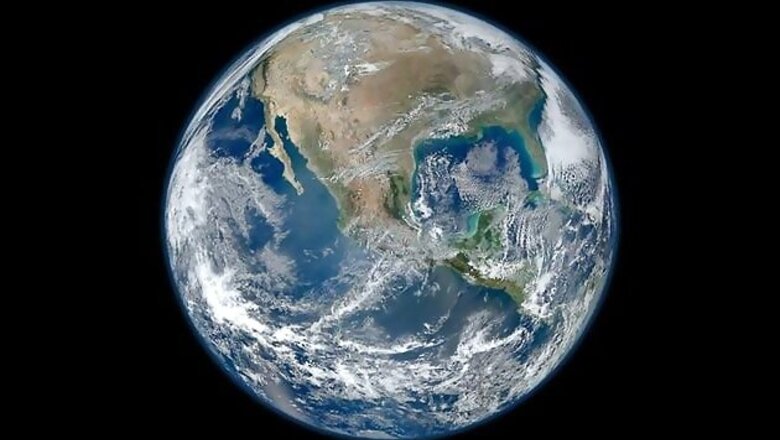
views
Washington: Scientists have found that the Earth's inner core has its own smaller core within it, a discovery that may shed light on how our planet has evolved. The discovery was made possible after a novel application of earthquake-reading technology by a research team at the University of Illinois and colleagues at Nanjing University in China.
"Even though the inner core is small - smaller than the Moon - it has some really interesting features," said Xiaodong Song, a professor of geology at the University of Illinois.
"It may tell us about how our planet formed, its history, and other dynamic processes of the Earth. It shapes our understanding of what's going on deep inside the Earth," Song said.
The team used a technology that gathers data not from the initial shock of an earthquake, but from the waves that resonate in the earthquake's aftermath. The earthquake is like a hammer striking a bell; much like a listener hears the clear tone that resonates after the bell strike, seismic sensors collect a coherent signal in the earthquake's coda, researchers said.
"It turns out the coherent signal enhanced by the technology is clearer than the ring itself," said Song. "The basic idea of the method has been around for a while, and people have used it for other kinds of studies near the surface. But we are looking all the way through the centre of the Earth," Song said.
The team found a distinct inner-inner core, about half the diameter of the whole inner core. The iron crystals in the outer layer of the inner core are aligned directionally, north-south.
However, in the inner-inner core, the iron crystals point roughly east-west. Not only are the iron crystals in the inner-inner core aligned differently, they behave differently from their counterparts in the outer-inner core. This means that the inner-inner core could be made of a different type of crystal, or a different phase, researchers said.
"The fact that we have two regions that are distinctly different may tell us something about how the inner core has been evolving," Song said. "For example, over the history of the Earth, the inner core might have had a very dramatic change in its deformation regime. It might hold the key to how the planet has evolved," Song said. The research is published in the journal Nature Geoscience.




















Comments
0 comment